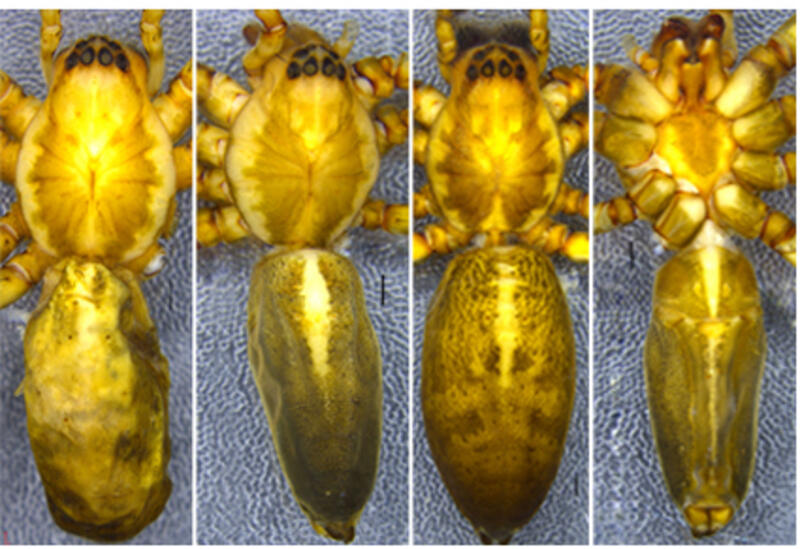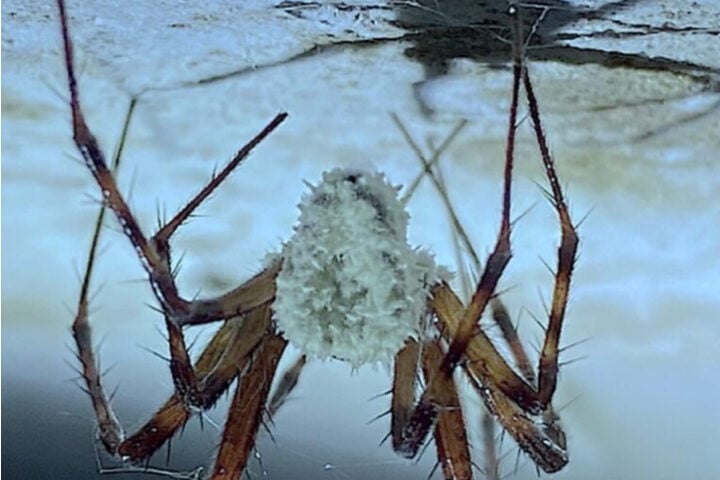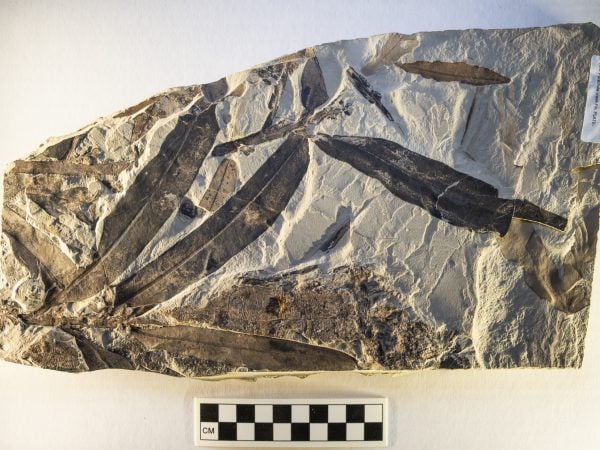Scientists from the Zoological Survey of India (ZSI) have uncovered four significant spider species in Northeast India, revealing the rich biodiversity that remains largely unexplored in the region. The discoveries include two species completely new to science and two others recorded in India for the first time.
The research team, led by Dr. Souvik Sen along with Dr. Sudhin P.P. and Shouvik Mali under ZSI Director Dr. Dhriti Banerjee’s guidance, found these arachnids in the forested landscapes of Nagaland and Meghalaya.
“This is a significant discovery not only because we found two new species, but also because it reflects the largely untapped potential for further biodiversity research in these areas,” said Dr. Sen. “As we continue to explore these diverse ecosystems, we may uncover many more species that are yet to be documented.”
The newly discovered species have been named Psechrus chizami and Psechrus nathanael. Psechrus chizami takes its name from its discovery location in Chizami village in Nagaland’s Phek District. Psechrus nathanael, found in both Peren district of Nagaland and Ri-Bhoi District of Meghalaya, honors Nathanael P. A. Newmai for his support during field work and his passion for spider conservation.
These additions bring the total number of Psechrus species known in India to seven. These spiders build distinctive dome-shaped sheet webs with tube-like retreats, typically in small crevices, rock gaps, or tree roots. Scientists can tell these newly described species apart from similar ones by examining their unique genital structures.
Similar Posts
The research team also documented two spider species in Meghalaya that had never before been recorded in India. The first, Pardosa tuberosa, is a wolf spider previously only known from China. Found in a relatively undisturbed area of the Anderson Tea Estate, this species is particularly important as it can serve as a bio-indicator – its presence suggests a healthy ecosystem because these spiders are highly sensitive to environmental changes.
The second newly recorded species is Thiania abdominalis, a jumping spider with a light reddish-brown cephalothorax and creamy yellow abdomen marked with bold black bands. Unlike web-building spiders, this medium-sized hunter uses keen vision to track and pounce on prey. Previously, it was only known to exist in China and Vietnam. Scientists found it in Laitkynsew in East Khasi Hills, where it plays an important role in natural pest control.
ZSI Director Dr. Dhriti Banerjee emphasized the importance of continued research: “This discovery is just the beginning, and further surveys will be conducted in the unexplored corners of the northeastern region as the biodiversity here is unparalleled. There is still a lot that is yet to be discovered.”
The findings highlight the Northeast region’s status as a global biodiversity hotspot. Currently, Psechrus species in India are found in three major regions: Southern India (with three species in Tamil Nadu), Western Himalaya (one species in Himachal Pradesh and Uttarakhand), and Northeast India (now with three species).

The scientists point out that our knowledge of Indian Psechrus spiders remains incomplete. “The genus is likely to contain more undescribed species in the country. Their true diversity remains undetermined, mostly due to inadequate sampling,” the research team noted. They stress the need for extensive surveys, especially in unexplored regions.
These discoveries, published in the scientific journals Zootaxa and Records of the Zoological Survey of India, underscore the critical need to preserve these fragile ecosystems. With continued exploration, researchers hope to reveal many more of Northeast India’s hidden natural treasures before they disappear.


















